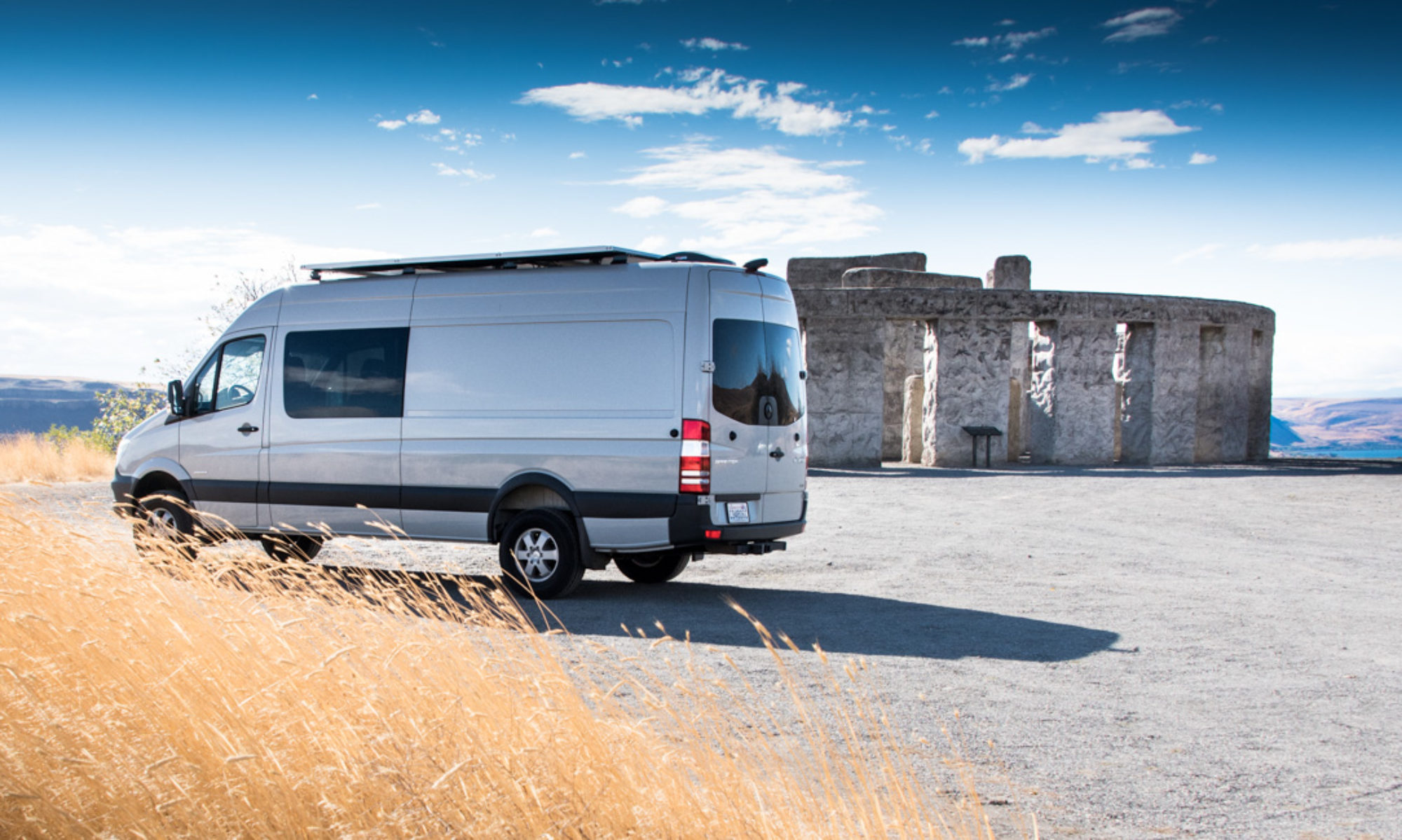Monocrystalline, Polycrystalline, flexible, rigid, wattages, voltages – there are a lot of variables when you are choosing a solar array.
First, let’s cover flexible and rigid panels. Flexible panels sound sexy because they will stick to any surface, and they are very thin. You could stick them on to the roof of your van and nobody would see them from the ground. For people who are “stealth camping”, that might be a useful option.
There are a couple of problems though. First, they’re more expensive. That would be OK on its own, except some people have also had issues with how well they stand up to long term use – they might not be as reliable as rigid panels.
Solar panels like to be kept cool. The colder they are, the more efficiently they can convert light into electricity. Manufacturers recommend leaving a 4″ gap under rigid panels for air flow. You lose that gap if you use flexible panels, because they have to stick to the van roof. Think about how hot that roof gets in the sun, and you’ll soon realize that the panel’s efficiency is probably going to be lower than the claimed numbers.
Finally, the roof of a Sprinter (and most other vans) isn’t flat. It has ridges. Sticking the panel over those ridges is possible, but not as easy as just mounting rigid panels away from the steel roof.
Once you’ve chosen flexible or rigid panels, you also have to choose the construction type. Monocrystalline panels have slightly better heat tolerance than polycrystalline panels. They tend to be slightly more efficient, work slightly better in low-light conditions, and potentially have longer lives. But, all of that comes at a cost. Monocrystalline panels are more expensive to manufacture, and so more expensive to buy. Polycrystalline panels are slightly cheaper, but you need more area of panels to get the same energy output.
In a normal installation on a house roof, the difference between mono- and polycrystalline panels might not be so important. You can almost always add more panels, so the efficiency is less of an issue than the cost per panel. With the limited space on a van roof, efficiency per square foot becomes more of an issue.
You can tell whether a panel is mono- or polycrystalline just by looking at it. Polycrystalline panels are made up of little squares of silicon that join up at each edge. Monocrystalline panels start with circular silicon wafers, so the little squares have white or black “corners” with no silicon present. The silicon in polycrystalline panels also has more of a speckled or flaky appearance.


What a nice solar system!
Thanks! It works really well for us. Only issue is, it’s proving difficult to mount an awning now.